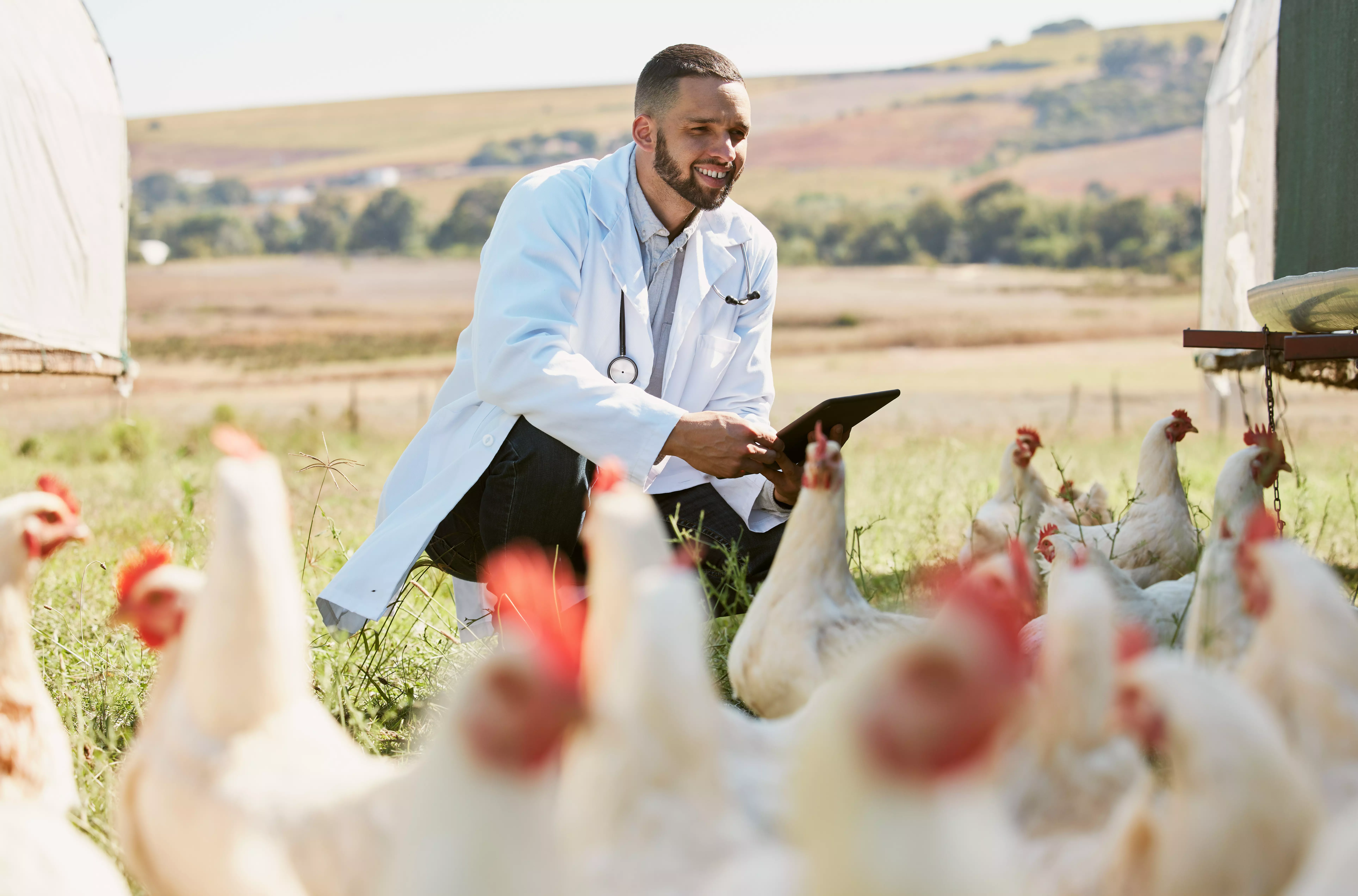Avian flu and the responsibility of states in the fight against the H5N1 virus
Introduction
There has been a lot of buzz about recent years due to a series of viral pandemics that have affected the planet. One such pandemic was avian influenza, which caused many deaths among both birds and humans. This dangerous virus, also known as H5N1, required an immediate response from countries around the world. In this article, we will look at the responsibility of countries in the fight against this deadly disease.
Steps in the response to bird flu
The first step that countries took in the fight against avian influenza was to identify the virus and determine its characteristics. The early discovery of the H5N1 virus was key to developing appropriate strategies to combat the disease. Many countries stepped up scientific research to understand the source of the virus and its potential for transmission to humans.
The next step was to introduce effective preventive measures. State authorities introduced strict veterinary and sanitary-epidemiological controls to minimize the risk of spreading the virus. Particular attention was paid to the surveillance of poultry companies and the restriction or prohibition of trade and transport of birds from areas affected by avian influenza.
Another extremely important aspect of the countries' response has been public information. Governments around the world have implemented effective information campaigns to raise public awareness of avian influenza and health recommendations. They provided the public with information on the symptoms of the disease, how to prevent it and how to deal with suspected infection.
Finally, a priority for countries was to develop emergency response plans. In the event of an outbreak of avian influenza, it is important that the relevant authorities are able to act quickly and efficiently. Action planning and labeling the roles and responsibilities of various institutions and services is key to effectively combating the virus.
Responsibility of states
States are responsible for protecting the health of their citizens and controlling the avian influenza epidemic. They have an obligation to invest in scientific research, monitor the situation and respond immediately when threats arise. In addition, states have an obligation to inform the public and educate them about the dangers of avian influenza.
It is especially important for countries to act on the basis of international cooperation. Avian influenza is a transboundary disease and cannot be effectively combated without a joint response. Countries should share information and experience, and provide technical and financial assistance to each other in the fight against the virus.
Countries that do not take responsibility in the fight against avian influenza put their citizens at risk. Poor government responses can lead to the rapid spread of the virus and worsen the epidemiological situation. That's why it's important for both developed and developing countries to get involved in the fight against this deadly disease.
Conclusion
The fight against avian influenza is a challenge for every country. States are required to respond quickly, with effective preventive measures and outreach efforts. The responsibility of states in the fight against avian influenza is extremely important for the safety of citizens and public health.
The threat posed by the H5N1 virus cannot be underestimated. The right response by states can save many lives and minimize bird losses. Therefore, it is important that we support government initiatives and efforts to combat bird flu.
Developing international efforts is also an important aspect in the fight against bird flu. Cooperation between countries is crucial to stop the spread of the virus and protect humanity from an avian flu pandemic.
Understanding the responsibility of states and their commitment to fighting bird flu is essential to ensure the health security of our society. Therefore, we should support governments' efforts in this field and work together to protect our loved ones and community. Only then will we be able to effectively deal with the H5N1 virus.